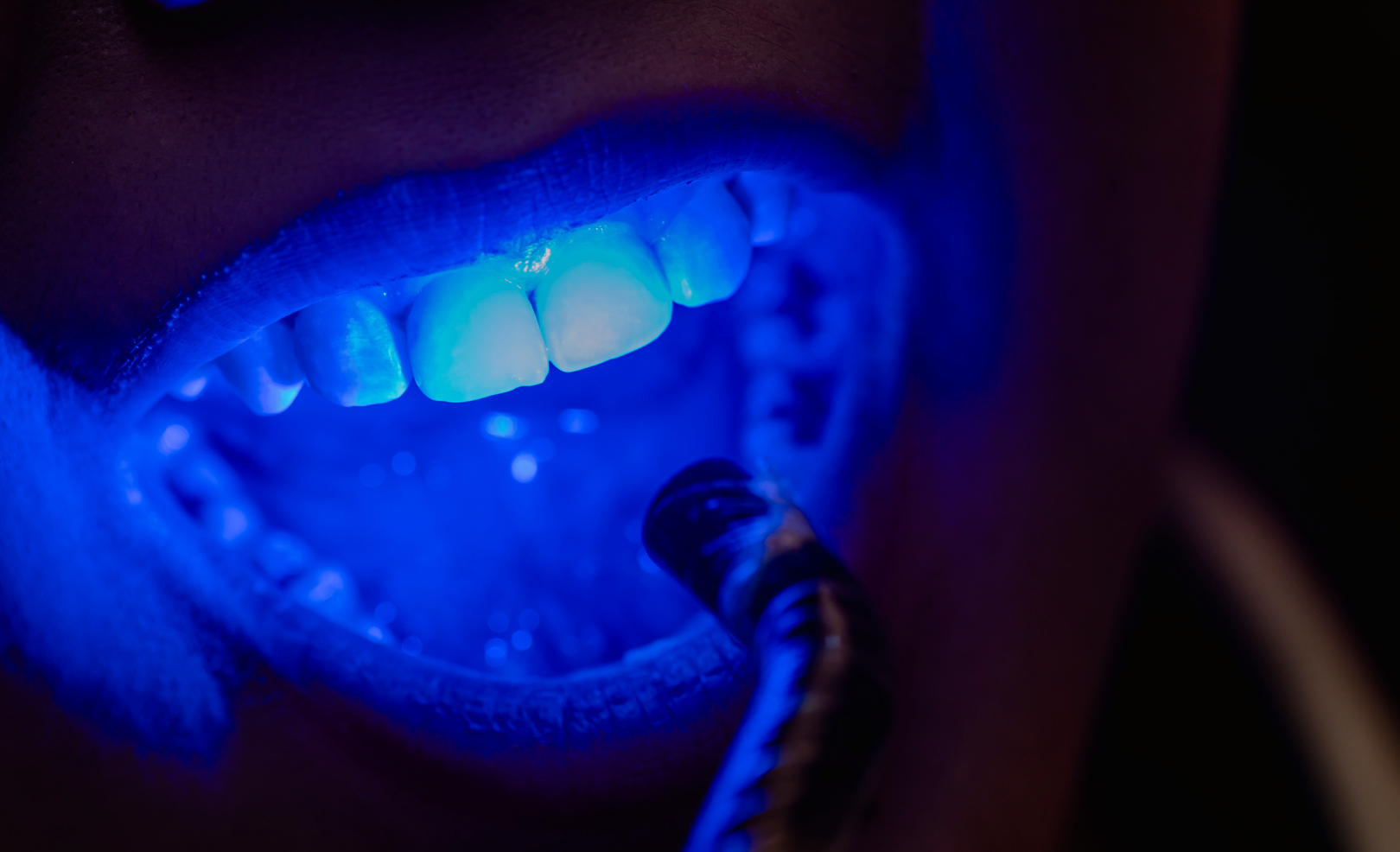The dental industry is on the cusp of a significant transformation with two groundbreaking advancements poised to redefine implant dentistry. The integration of robotic technology and artificial intelligence (AI) and UCLA’s School of Dentistry’s new ultraviolet (UV) light treatment technology are set to offer substantial economic benefits for dentists. Exploring these technologies in detail reveals not only their clinical significance but also their potential to revolutionize the economic landscape of dental practices, opening new avenues for efficiency, patient satisfaction, and profitability.
Robotic Technology and Artificial Intelligence (AI) in Implant Dentistry
The integration of robotic and AI technologies in implant dentistry, as discussed in the article “Future of Using Robotic and Artificial Intelligence in Implant Dentistry,” offers another dimension of benefits to both patients and practices. Robotics ensures precision in implant placement, reducing errors and repeat procedures, thus enhancing practice efficiency and profitability. AI also optimizes treatment planning and assists in personalizing treatment strategies, improving resource utilization, and reducing wastage.
In addition, shorter surgery times, facilitated by these technologies, can increase the number of patients who can be treated, boosting potential revenue. Furthermore, the enhanced precision and outcomes contribute to building a reputation, potentially attracting clients seeking advanced dental care. While the initial costs are substantial, the long-term benefits, including reduced operational costs, increased patient throughput, and improved treatment success rates, present a compelling case for investment.
Ultraviolet (UV) Light Treatment on Titanium Implants
UCLA’s innovative UV light treatment on titanium implants, led by Dr. Ogawa, is a game-changer. This one-minute procedure significantly improves osseointegration, leading to faster healing times. For dentists, this means an increase in patient output, allowing more procedures to be conducted in less time. The technology also reduces complication rates, decreasing the need for follow-up appointments and managing postoperative complications like peri-implantitis. This not only cuts direct costs but also boosts patient satisfaction and loyalty, essential for a practice’s reputation and long-term patient retention. The expanded applicability of these implants to high-risk patients broadens the potential patient base, enabling practices to cater to new market segments. The potential reduction in the need for smaller implant crowns and fewer bridge implants suggests a decrease in material costs and labor, enhancing the financial viability of implant services.
Combined Economic Impact
In summary, the combination of the advent of robotics and AI and Dr. Ogawa’s UV light treatment in implant dentistry offers a dual advantage. Practices can now achieve not only clinical excellence but also operational efficiency and economic growth. Adopting these technologies can position a dental practice at the forefront of the industry, appealing to a market segment that values cutting-edge treatment options and justifying premium pricing for services. Dental professionals who embrace these innovations not only elevate the standard of care but also position their practices at the forefront of a rapidly evolving industry, ensuring they remain both relevant and leading in a highly competitive landscape.





